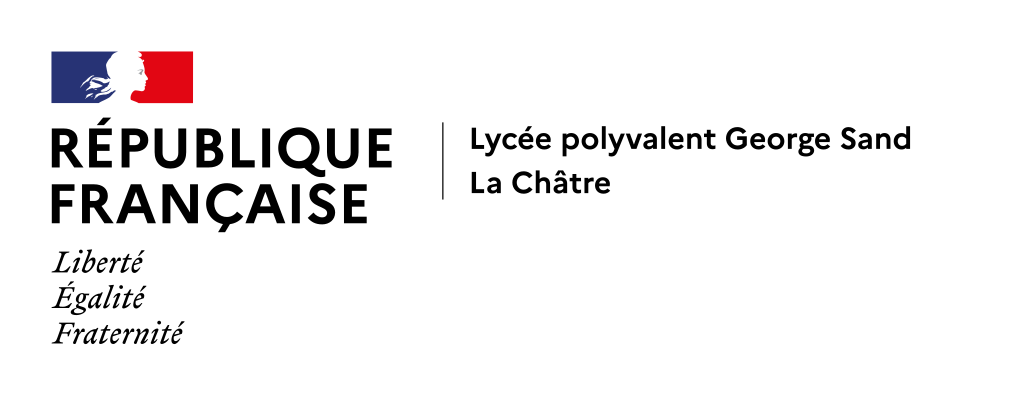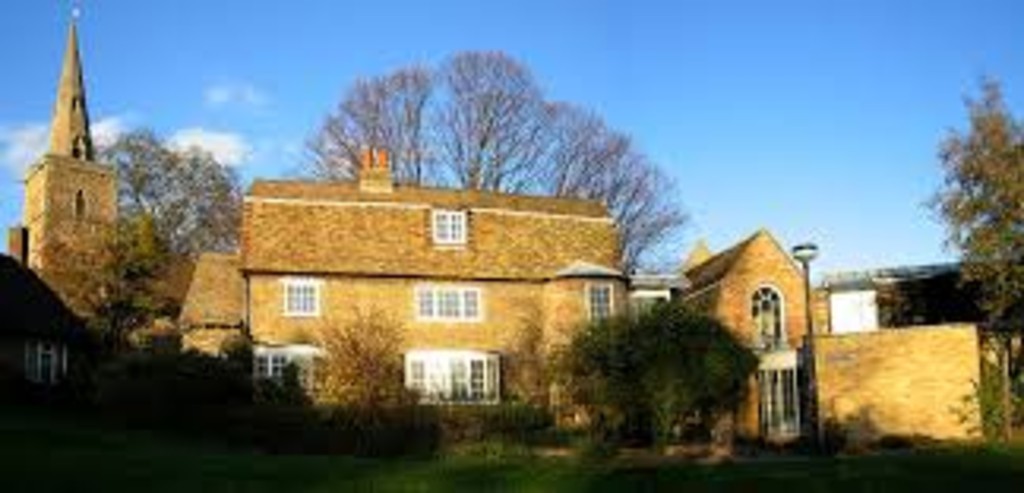
History
Kettle’s yard is the house where Jim Ede and his wife Helen used to live in Cambridge.
Jim Ede worked at the Tate Gallery in London in the 1920s and 1930s as a curator. That’s where he met some of the most promising young artists from London, and befriended them ( Ben and Winifred Nicholson or Henry Moore... ). Fascinated with their work, he began to gather a remarkable collection of paitings and sculptures.
In 1921 Jim married Helen. He retired from the Tate in 1936, to travel the world with his wife. They lived in different countries, as Morocco, or France, later. They moved to
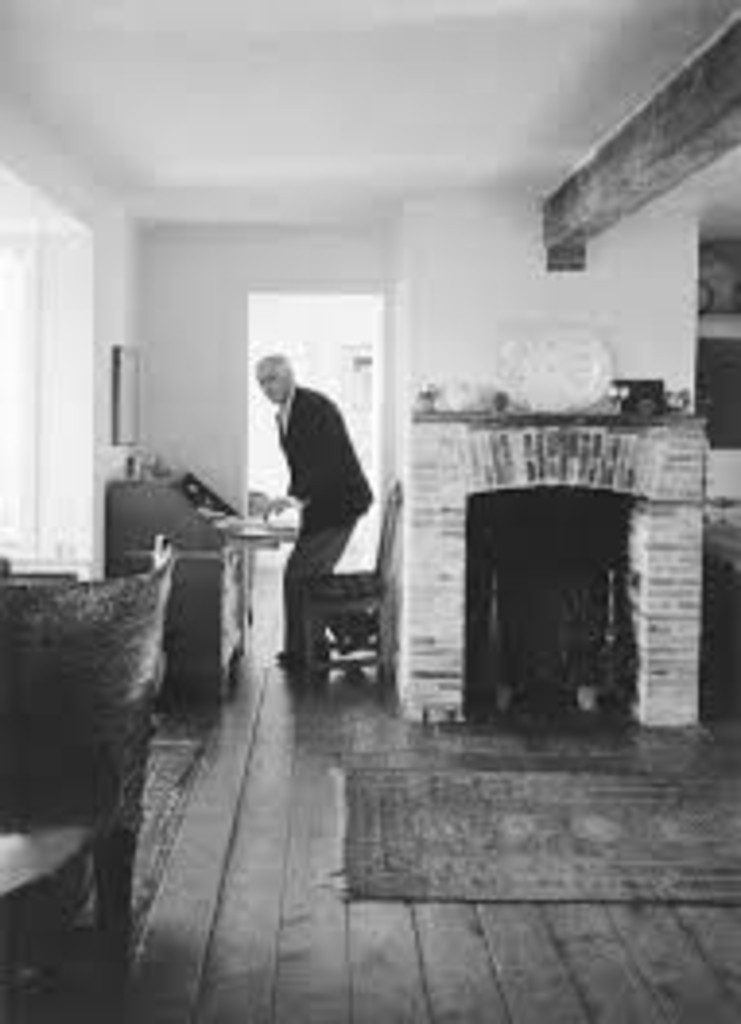
- Jim Ede in Kettle’s Yard
Cambridge (England) in 1958, looking for a big house for themselves and their growing collection. The Edes developed four small cottages, into one house and a place to spread out Ede’s collection of early 20th-century art.
Jim maintained an « open house » and gave a personal visit to the visitors every afternoon.
In 1966, the Edes donated the house and the collection to the University of Cambridge, but continued living there until 1973 ; then, they moved to Edinburgh. In 1970, the house was extended to create a very modernist exhibition gallery, which contrasts with the house.
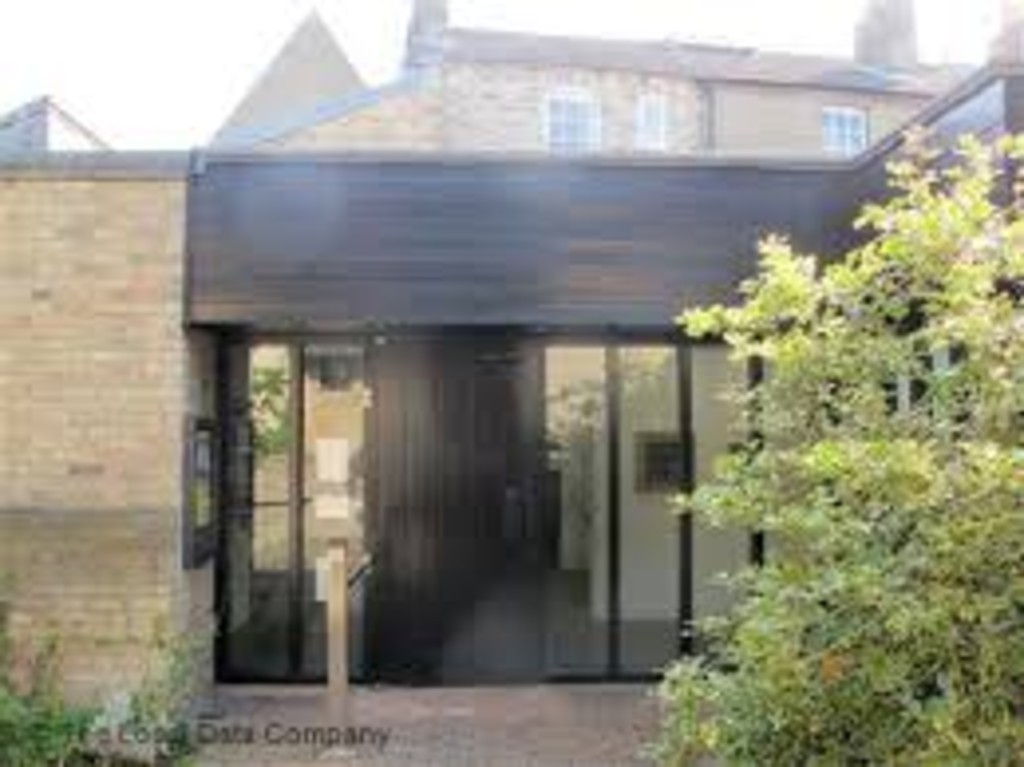
Today, the house is preserved as the Edes left it, a very informal space to enjoy the permanent collection and live music. Now, the gallery has longer opening times and displays a program of visiting exhibitions, principally by 20th century and 21st century artists.
The vision of Art
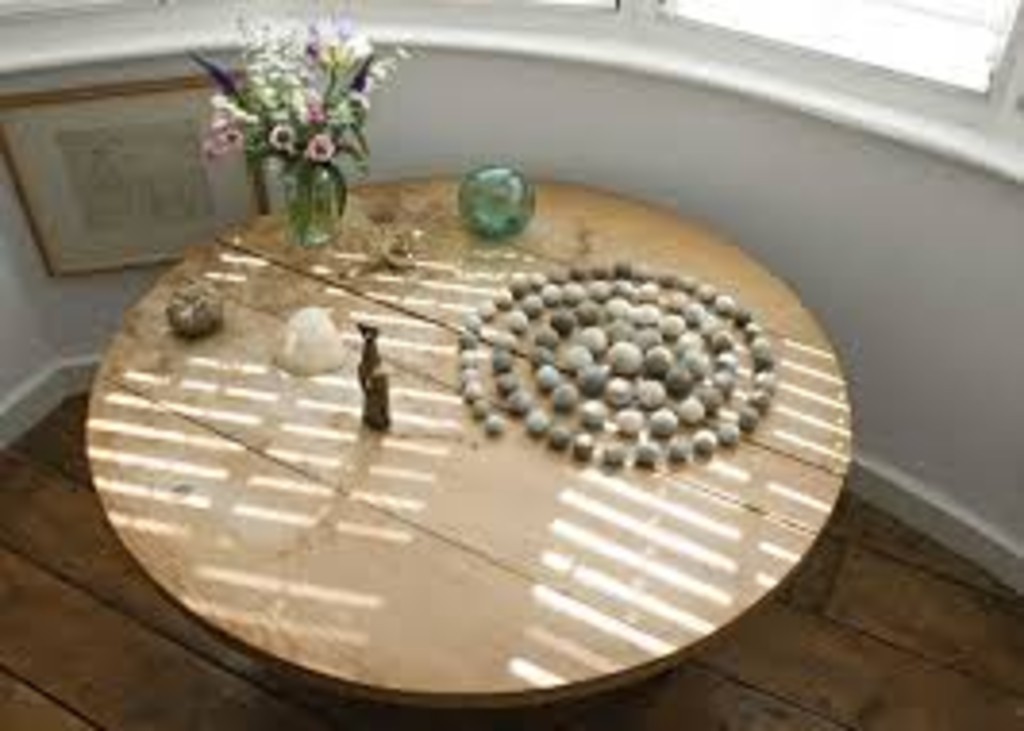 In Kettle’s Yard, Jim carefully positioned these artworks alongside furniture, glass, ceramics and natural objects, because he wanted to create a harmonic whole. He wanted a place that should not be « an art gallery or museum, nor … simply a collection of works of art reflecting my taste or the taste of a given period. It is, rather, a continuing way of life from these last fifty years, in which stray objects, stones, glass, pictures, sculpture, in light and in space, have been used to make manifest the underlying. » He wished to create a place in which art could be enjoyed as part of everyday life, and where people would « find a home and a welcome, a refuge of peace and order, of the visual arts and music ».
In Kettle’s Yard, Jim carefully positioned these artworks alongside furniture, glass, ceramics and natural objects, because he wanted to create a harmonic whole. He wanted a place that should not be « an art gallery or museum, nor … simply a collection of works of art reflecting my taste or the taste of a given period. It is, rather, a continuing way of life from these last fifty years, in which stray objects, stones, glass, pictures, sculpture, in light and in space, have been used to make manifest the underlying. » He wished to create a place in which art could be enjoyed as part of everyday life, and where people would « find a home and a welcome, a refuge of peace and order, of the visual arts and music ».
the care devoted by Jim to the display of objects and artworks, today many consider Kettle’s Yard as a work of art in its own right.
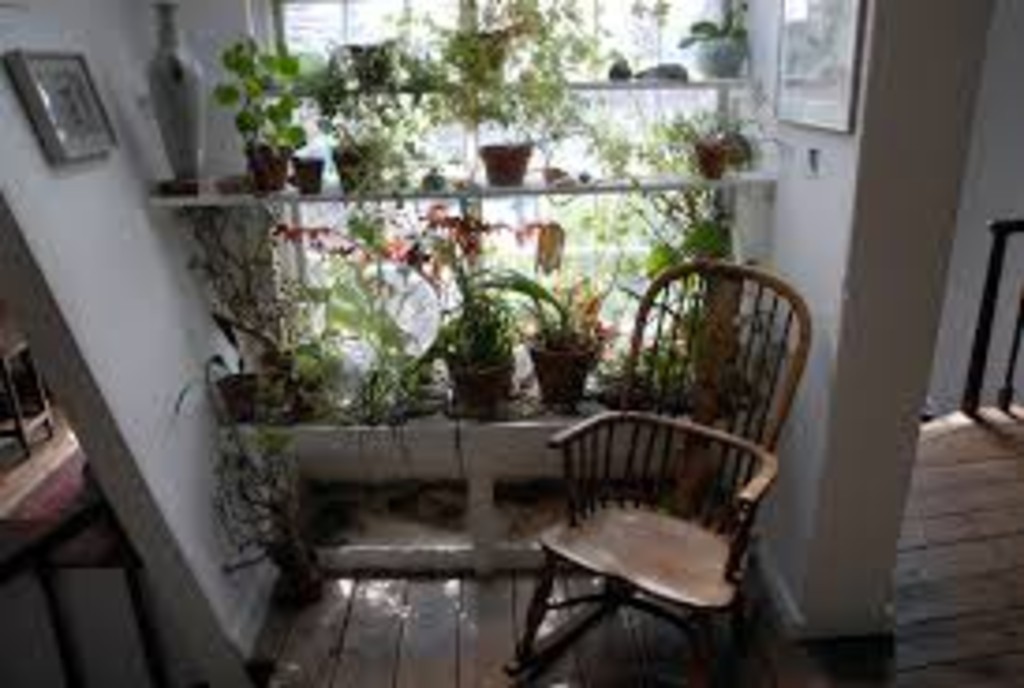
- Podcast et RSS
- Plan
- Mentions
- Rédaction
- Se connecter

-
2009-2024 © Lycée George-Sand La Châtre - Tous droits réservés
Ce site est géré sous SPIP 3.2.19 et utilise le squelette EVA-Web 4.2

Dernière mise à jour : lundi 24 janvier 2022

